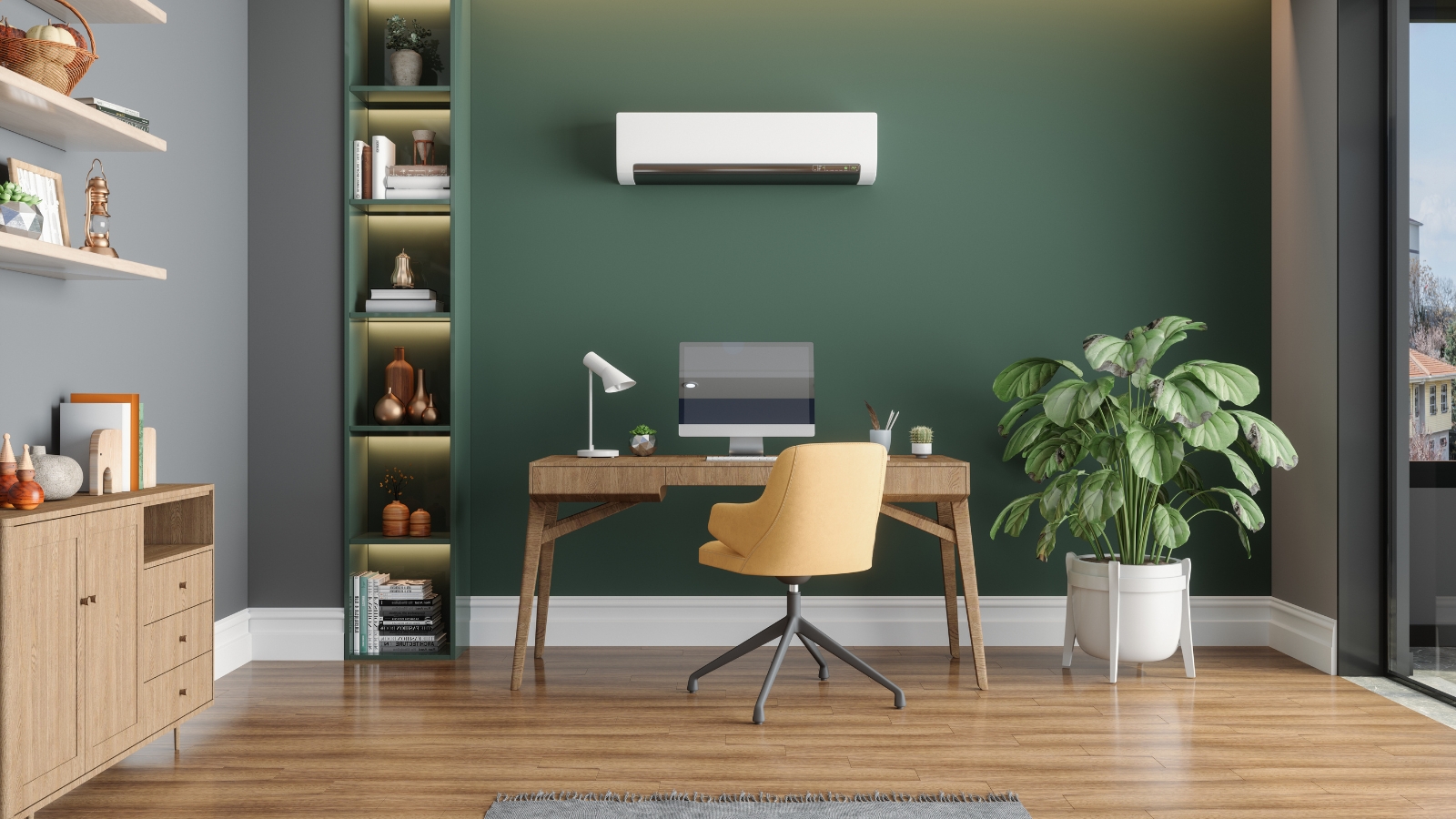
Dripping water from your air conditioning (AC) vents can be a frustrating and puzzling problem for homeowners.
Beyond the damp inconvenience, it’s often a sign of underlying issues with your heating, ventilation and air conditioning (HVAC) system, which, if left unaddressed, could lead to more serious problems like water damage or decreased efficiency.
As an experienced HVAC technician, I'm here to help. Whilst its helpful to know the best ways to ventilate your home, it's also important to act quickly when a problem occurs. Understanding the seven main causes of your leaking AC vents is the key to resolving it effectively and preventing future occurrences.
Why are my AC vents dripping water?
If your AC vents are dripping water, it’s a sign that something’s not working as it should. There are seven explanations, detailed further below, and it's important to work out which of these potential issues is the cause so you can solve it efficiently and affordably.
I'm a HVAC pro and owner of Air Conditioner Lab, and these are the primary concerns if you AC vents are dripping water:
Water damage
Beyond staining and weakening drywall, persistent dripping can damage flooring or even cause wood rot if left unaddressed. I've had clients who ignored minor ceiling stains only to discover the drywall had weakened so much that a section collapsed after heavy dripping. The repair cost them over $1,000, which could have been avoided if they'd dealt with it sooner.
Mold and mildew growth
Mold thrives in damp conditions, and dripping vents provide an ideal environment. I was called by one young family after they noticed a persistent musty odor. Upon inspection, we found mold growing behind their vent covers due to condensation. It required mold remediation and affected the family's health, with their youngest child developing frequent respiratory issues. Check out the four ways to avoid mold from growing on your air vents.
Higher energy bills
I once worked with a homeowner whose energy bill had increased by 20% over the summer. It turned out that a clogged drain line was making the system work harder, causing both dripping vents and higher energy use. The dripping stopped once we fixed the drain line, and their energy costs went down.
Here’s my breakdown of the seven different possible causes of AC vents dripping water, how to identify which one you're dealing with, and how to fix it:
1. High indoor humidity
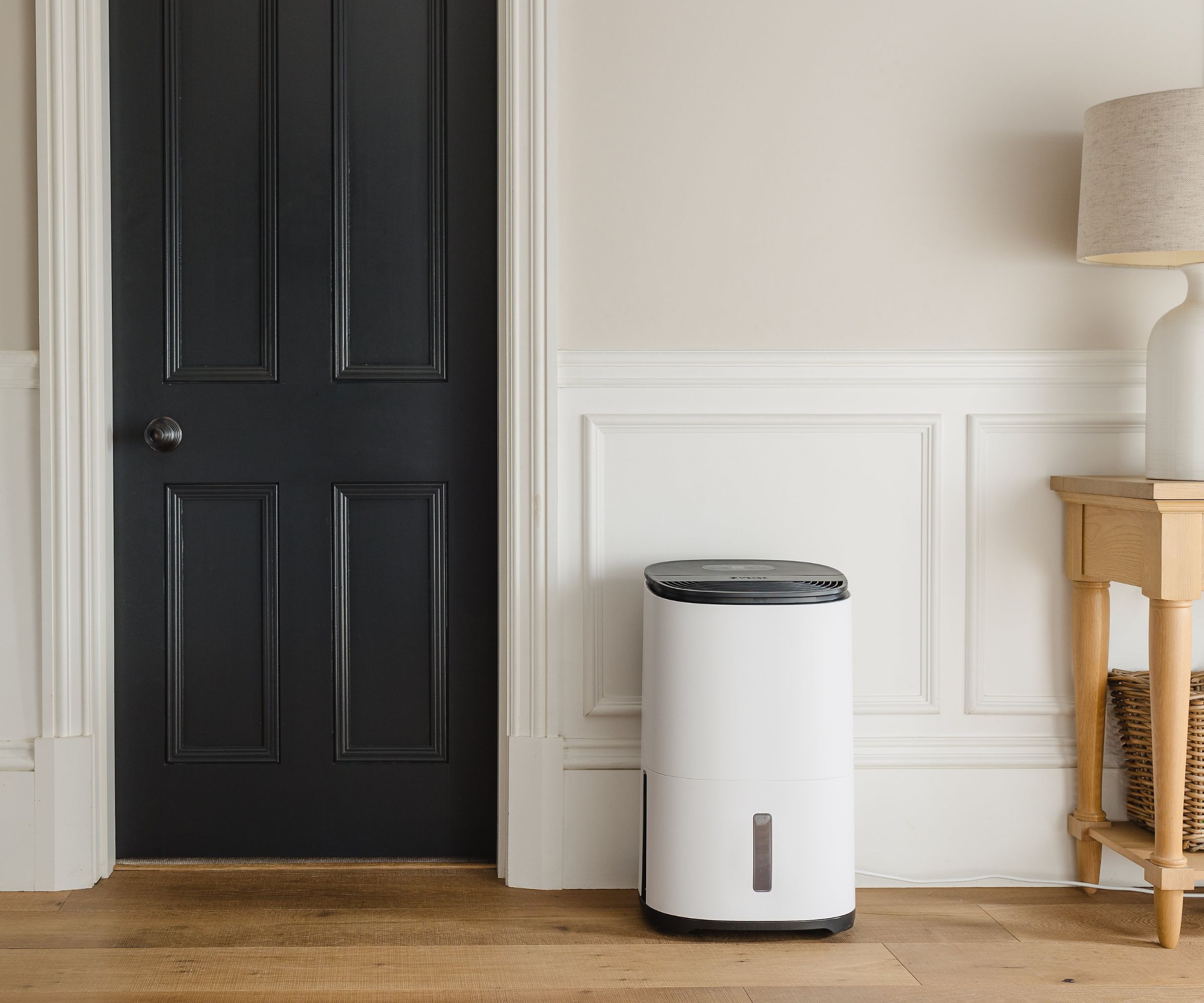
High indoor humidity increases the moisture content in the air. When this humid air comes into contact with cold AC vents, condensation forms and can drip.
Musty smells, persistent condensation on windows, and damp surfaces in your home are all telltale signs of high humidity.
Use a hygrometer, available from Lowe's, to measure your home's humidity levels. The best humidity for a home is usually less than 50%. If the readings are consistently above 60%, it's likely contributing to the AC vents dripping and you may need a better solution for controlling it. Other signs include fogged windows, damp walls, or a sticky feeling in the air.
To solve, run a dehumidifier to maintain indoor humidity between 30% and 50%. Learn more about the best place to put a dehumidifier for maximum effect. I recommend installing a whole-home dehumidifier to control moisture levels year-round. The Aprilaire E080 Pro 80-Pint Whole-House Dehumidifier from Amazon is designed for large areas, managing humidity in spaces up to 4,400 square feet. It integrates seamlessly with HVAC systems, providing consistent humidity control throughout the home.
It's a good idea to also ensure exhaust fans are used in bathrooms and kitchens.
All prices correct at time of publication.
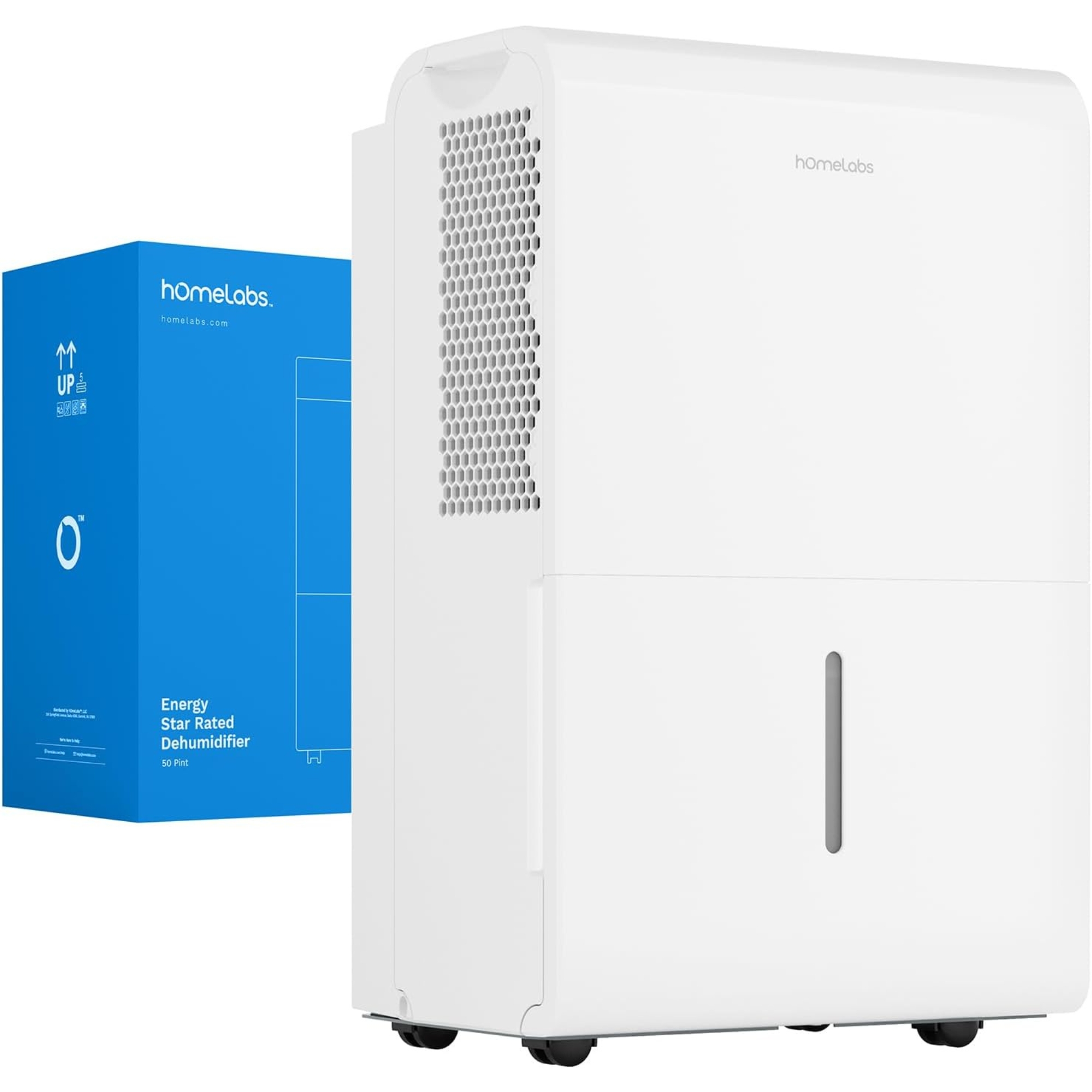
This impressive device reduces humidity in areas up to 4,500 square feet, making it ideal for large rooms, basements, and other spacious areas. It can remove up to 50 pints of moisture per day, helping maintain a dry and comfortable environment. You can use its built-in water tank or attach a draining hose – plus, it's WiFi enabled so you can control it via an app from your phone.
2. Clogged condensate drain line
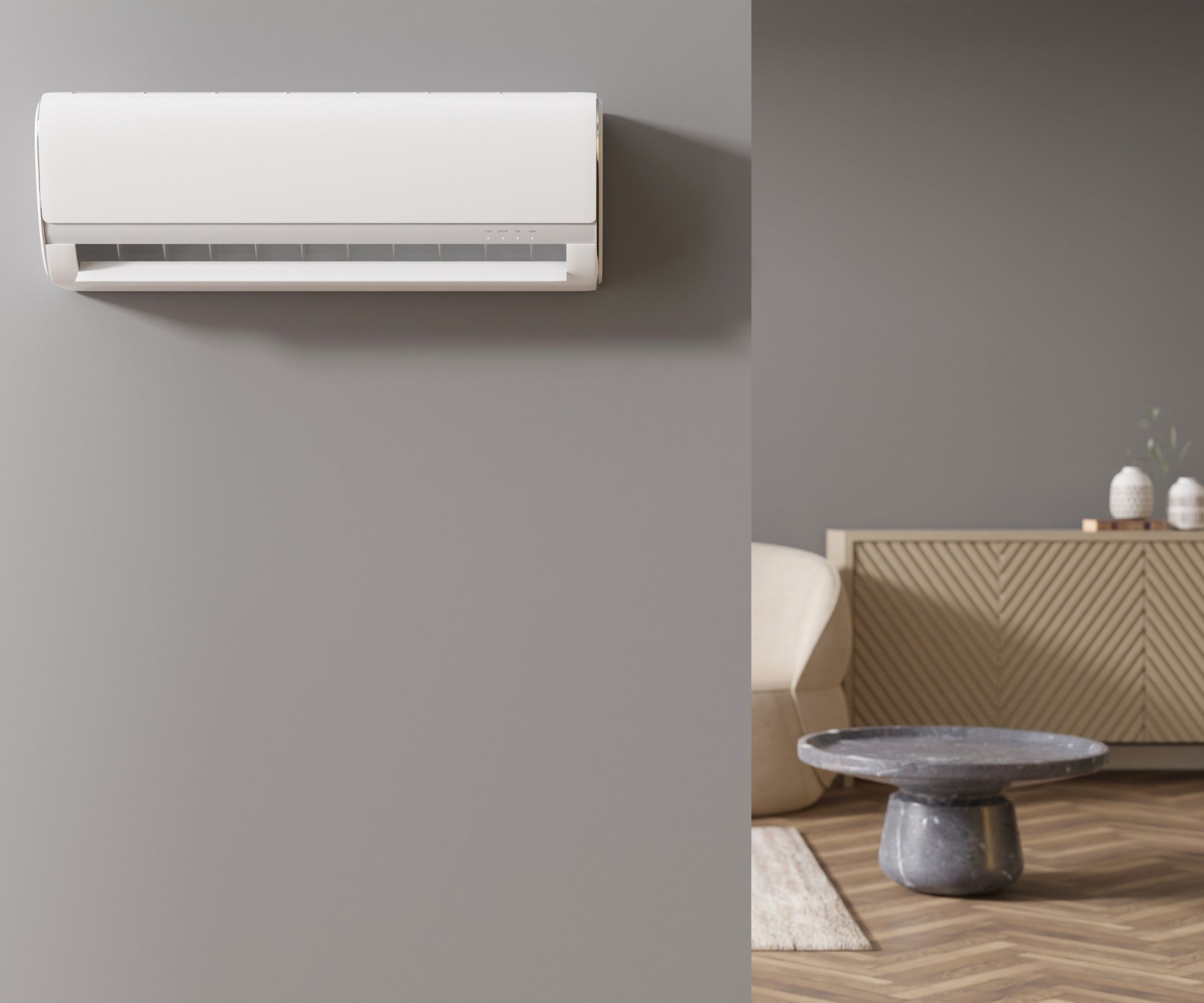
The condensate drain line removes water produced during the cooling process. When clogged, water backs up and leaks from vents.
Pooled water around the HVAC unit or gurgling sounds from the drain line often indicate a blockage. You can inspect the drain line for one by pouring a cup of water into the drain pan. The line is likely clogged if it doesn't drain.
To resolve, flush the line with a vinegar-water solution or use a wet/dry vacuum to remove debris. This Nu Calgon AC Drain Line Cleaner from Amazon prevents algae buildup and keeps the line clear.
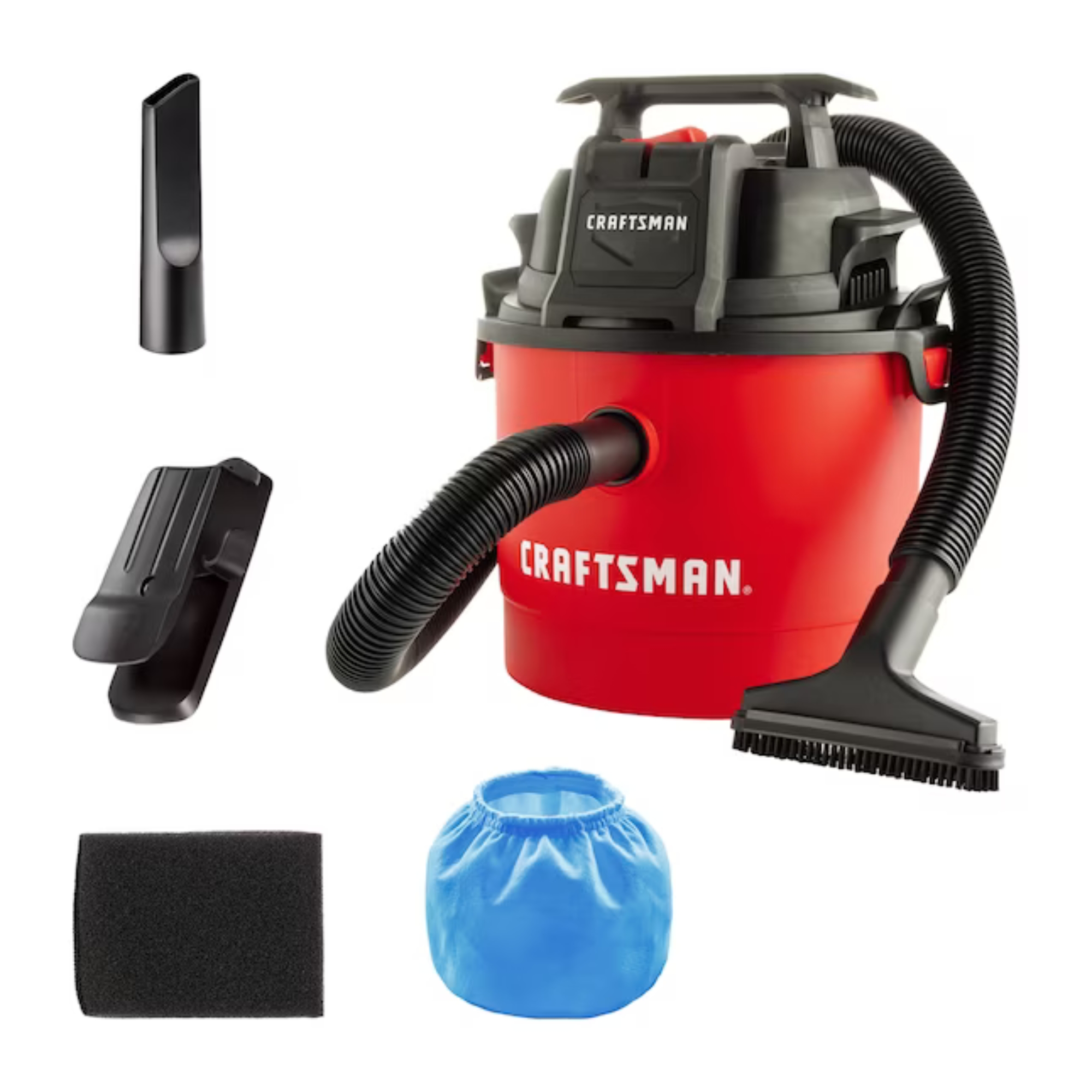
I find this handy vacuum ideal for clearing drain lines and other cleaning tasks. Its strong suction power removes blockages from the exterior end of condensate drain lines, and its compact design allows easy use in tight spaces.
3. Dirty air filter

A clogged air filter reduces airflow, causing the evaporator coils to freeze. When the coils thaw, the resulting water can drip from the vents.
Weak airflow from vents and unusual noises from the HVAC system are common signs of a dirty filter. To check, remove the air filter and hold it up to a light source. If you can't see light through it, it's time to replace it. Learn how to clean your HVAC system in our guide.
To resolve and avoid this, replace the filter every one to three months. This helps maintain proper airflow and prevent coil freezing. I recommend the Filtrete MPR 1500 Air Filter, available from Amazon, which captures small particles and allergens while maintaining airflow.
4. Low refrigerant levels

Low refrigerant, which changes from liquid to gas or gas to liquid, causes the evaporator coils to freeze due to inadequate heat absorption. When these coils thaw, water can overflow and leak from the vents.
Signs of low refrigerant levels include reduced cooling efficiency, higher energy bills, and ice formation on the system. To check, look for ice buildup on the coils or refrigerant lines. Listen for a hissing noise, which may indicate a refrigerant leak.
Contact a professional HVAC technician to fix leaks and recharge the refrigerant. DIY repairs are not recommended due to the difficulty and EPA regulations involved.
The UEi Test Instruments Refrigerant Leak Detector from Amazon helps homeowners identify potential refrigerant leaks before contacting a professional.
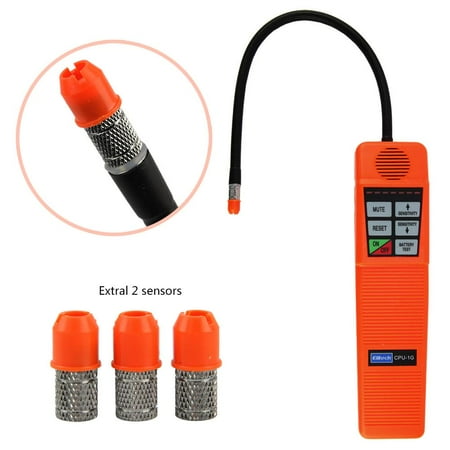
This traditional coronal sensor detects all halogenated refrigerants including HFCs, CFCs,HCFCs and blends with response in three seconds. It has seven adjustable sensitivities and is powered by two C Alkaline batteries (included).
5. Improper installation

If the system isn't level, water can pool in the wrong areas and eventually leak from the AC vents.
Use a bubble level, such as this spirit level ruler available from Amazon, to check if the HVAC unit is evenly installed. Uneven surfaces may indicate improper installation. Contact an HVAC technician to adjust the unit's position and ensure proper drainage.
The Stanley 42-076 Top Read Aluminum Level from Amazon is an affordable tool for checking for leveling issues. It is 48 inches long, making it ideal for larger HVAC units, ensuring proper alignment.
6. Faulty or damaged drain pan
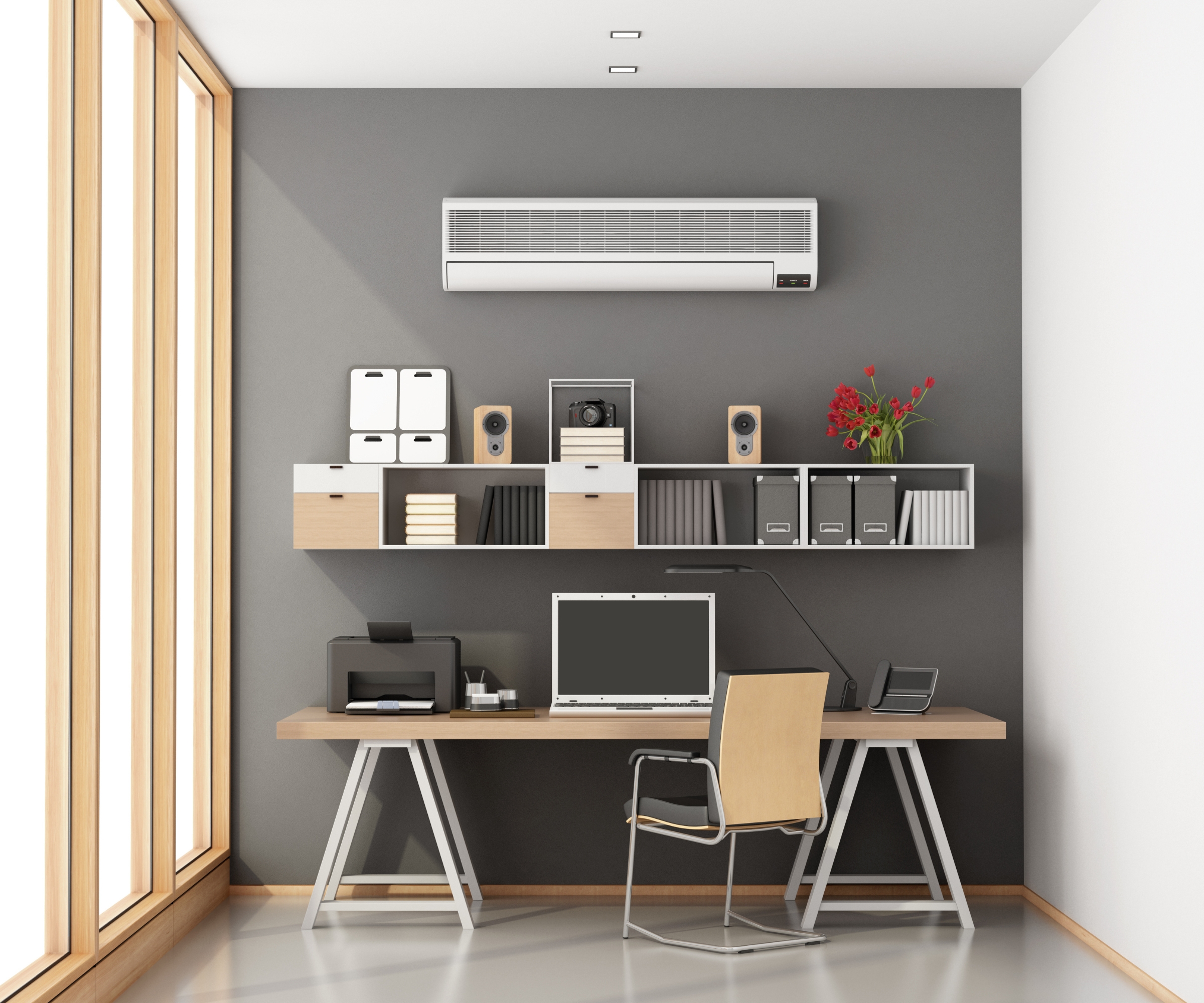
The drain pan collects water dripping off the evaporator coils. If it's cracked, rusted, or damaged, it may not hold water properly, leading to leaks.
Water pooling beneath the HVAC unit or visible damage to the pan itself are both telltale signs. You can also inspect the pan for visible cracks or corrosion, and pour water into the pan to check if it drains properly or leaks.
To resolve, simply replace the drain pan or seal minor cracks with waterproof adhesive. The DiversiTech Condensate Drain Pan from Amazon is durable and designed for residential HVAC systems.
This high-quality plastic pan helps prevent water damage by collecting excess condensate from your HVAC system. It's easy to install and ensures your system operates efficiently, preventing overflow and leakage.
7. Poor insulation or duct work

Poorly insulated ducts in unconditioned spaces, like attics, stay cold and create the perfect environment for condensation.
Common signs include condensation on ducts or dripping vents in rooms farthest from the HVAC unit. Inspect ducts for missing or deteriorating insulation. Feel for temperature differences along the ducts.
If you encounter this issue, wrap ducts with new insulation or replace damaged sections. Duck Brand HVAC Duct Insulation is an easy-to-install insulation that helps reduce condensation and improve energy efficiency. It protects against temperature fluctuations, keeping your ducts insulated and moisture-free.
When and where is an AC vent leak likely to happen?

In my experience, vent problems occur more often in humid seasons, and in older homes, or homes without proper ventilation.
Hot and humid seasons
One client noticed water pooling under their vents during a humid summer, with the outdoor humidity hovering around 75-80%. The system couldn't keep up, and the duct insulation wasn't sufficient. After adding better insulation and installing a dehumidifier, the problem was fixed. I'm pleased to say their vents stayed dry in the following years. Check out the six things you need to know before buying a humidifier and the budget humidifier that will kick condensation to the curb.
Homes without proper ventilation
I once worked on a modern home with sealed windows and no bathroom exhaust fans. The homeowner complained about dripping vents and fogged-up windows. It seemed like the sealed windows – which are meant to improve energy efficiency – were actually trapping moisture inside. After installing bathroom and kitchen exhaust fans, the indoor humidity dropped, and the dripping stopped completely. It was a good reminder that even in modern homes, proper ventilation is crucial to avoid moisture problems.
Older homes
A couple living in a 1960s home contacted me after noticing discoloration on their ceilings. The home had outdated duct work with no insulation, and the AC system was over-sized for the house. This caused the vents closest to the air handler to drip excessively. Updating the duct work and right-sizing the HVAC unit cost them around $3,000, but it stopped the dripping and reduced their energy costs.
What should you watch out for with AC vents?

Though there are many indicators of possible vent issues, I'd say the main things to watch out for are water damage, strange sounds, weak airflow, and condensation in unused rooms.
Visible water damage
Look for water stains or damp patches around vents or nearby walls and ceilings. Over time, these spots can darken and spread, indicating persistent moisture problems. If left unchecked, this can lead to mold growth or damage to drywall and paint. Regularly inspect areas near vents, especially in rooms where you notice temperature or humidity fluctuations.
Humming or gurgling sounds
A clogged condensate drain line often makes gurgling or humming noises as water struggles to flow through. This indicates that the line may be blocked by dirt or algae. If ignored, water can back up into the system and leak from vents. Cleaning the line with a vacuum or flushing it with a vinegar solution (a mixture of one cup of white vinegar and one cup of water) can often resolve the issue. Good & Gather White Distilled Vinegar from Target is high quality, with thousands of five-star reviews.
Weak airflow at vents
If air isn’t coming out of the vents as forcefully as it should, it’s often a sign of a dirty filter or a problem with duct work. Weak airflow means the system isn’t cooling efficiently, which can lead to overworked coils and dripping vents. To prevent this, check your air filter and replace it every 1-3 months.
Condensation in unused rooms
Dripping vents in rarely-used rooms might indicate that the ducts in those areas aren’t properly insulated. Poor airflow or inadequate ventilation in unused spaces can allow cold air to linger, causing condensation to form. Ensuring proper duct insulation and increasing ventilation in these rooms can solve the problem. Check out what HVAC experts told us when we asked: 'Should you close vents in unused rooms?'
Are some areas more prone to AC vent leaks?

The most common areas of the home to experience AC vent issues are attics and crawl spaces, bathrooms and kitchens, or in whichever room is closest to the AC unit.
Attics and crawl spaces
Cold ducts in hot, humid conditions create the perfect environment for condensation. And the ductwork in attics and crawl spaces tends to be poorly insulated, so these are often the first to experience condensation. Insulating attics and crawl space ducts can reduce this issue and improve system efficiency. Check out these six types of attic insulation and discover how to insulate a crawl space.
Bathrooms and kitchens
Due to showers, baths, kettles and cooking activities, bathrooms and kitchens naturally have higher humidity than elsewhere in the home. When this warm, moist air comes into contact with colder vents, condensation can form more readily. Installing exhaust fans and dehumidifiers in these areas can help control moisture levels and prevent dripping. Check out the ways to improve bathroom ventilation.
Rooms closest to the AC unit
Vents near the air handler are often colder than those farther away, making them more prone to condensation. If these rooms are also poorly ventilated, the risk increases. Balancing airflow throughout the home and ensuring ducts are properly insulated can help reduce this issue.
Now you should have a much better idea of why your AC vents are dripping water, whether you should be concerned, and what to do about it.
Water dripping from your AC vents is a symptom of a problem that shouldn't be ignored. Whether it's due to condensation buildup, clogged drains, or an improperly functioning system, addressing the root cause promptly will save you time, money, and hassle down the line.
By maintaining your HVAC system and seeking professional help when needed, you can ensure a comfortable and problem-free home environment.
Next, learn about the difference between fans and air conditioners and which might be best for your room or home's needs.







